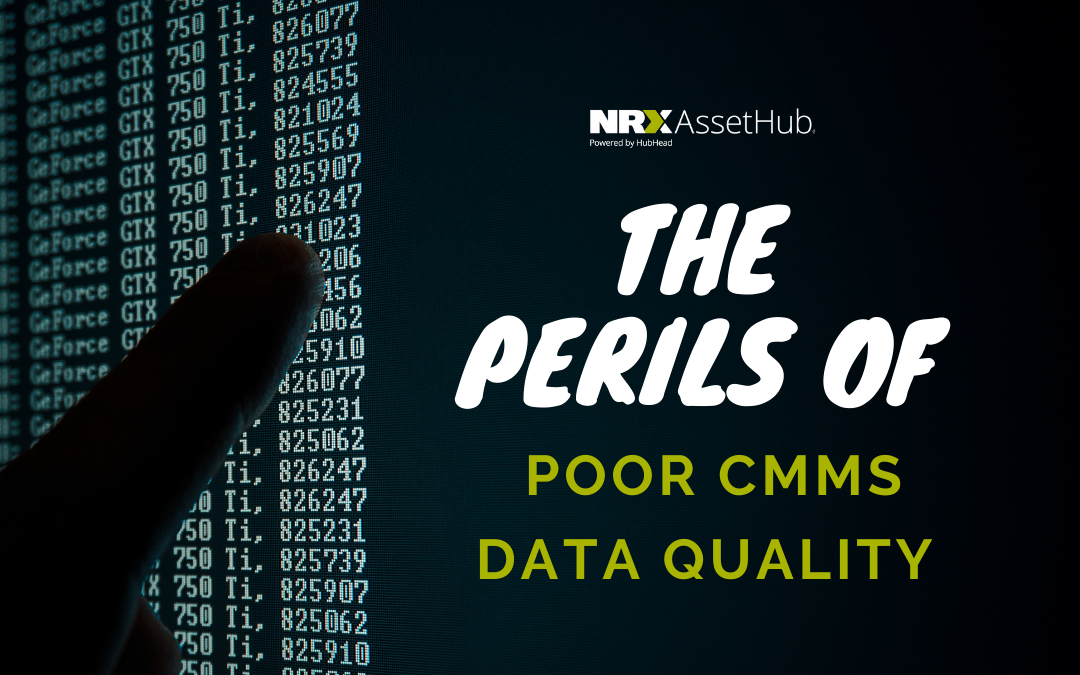Switching to a new EAM/ CMMS system challenges your whole outlook on better quality data. After all, a new EAM system provides you with a ton of benefits such as enhanced decision making, little to no human error, improved customer experience, etc. But, is your new EAM/ CMMS implementation that effective?
Hit or a miss?
Your data quality can either make or break your new software. It is all good when you have the best quality of data migrated from your legacy system to your new EAM system. However, when poor asset and maintenance data quality exists, the ROI and overall effectiveness of your new EAM system will suffer.
This could happen for a variety of reasons. For instance, if you failed to conduct an audit of your data before transferring it to your new EAM system, this data lingers in your new system, which poorly impacts the overall benefits you could be getting from your new system.

Secondly, if you did not conduct a data cleanse of all your existing data, you would have missed out on all inaccuracies and redundant information, which is now entered twice into your system, further leading to incorrect data fields.
Thirdly, the chance of data loss during an EAM migration always persists. For instance, any imperfect mappings between your source and target EAM system could lead to data loss and missing data in your new system.
What could go wrong?
Overall, poor asset and maintenance data quality can hinder the overall benefits of switching systems in the first place. Without adequate standards in place for auditing and conducting a data cleanse, there are chances of your insufficient data creeping into your new software system. If you plan an EAM migration and are concerned about tackling poor data quality, feel free to book a demo, and we’d be happy to reach out!
Spring Cleaning with Your EAM Migration
Making the Switch?
The Impact of Poor CMMS and EAM Data Quality on Maintenance Optimization
Share this article




